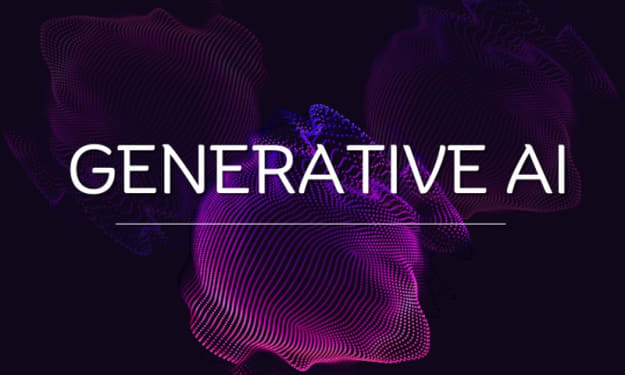
The success of AI algorithms relies heavily on the quality and volume of the data. Real-world data collection is costly and time-consuming. Furthermore, due to privacy regulations, real-world data cannot be used for research or training in most situations, such as in healthcare and the financial sector. The data’s availability and sensitivity are two other drawbacks. We need massive data sets to power deep learning and artificial intelligence algorithms.
Synthetic Data, a new zone in artificial intelligence frees you from the headaches of manual data acquisition, annotation, and cleaning. Synthetic data Generation solves the challenge of acquiring certain kinds of data which cannot be collected otherwise. Synthetic data generation will yield the same results as real-world data in a fraction of the time and without sacrificing privacy.
Synthetic data Generation focuses on visual simulations and recreations of real-world environments. It is photorealistic, scalable, and powerful data created with cutting-edge computer graphics and data generation algorithms for training. It’s extremely variable, unbiased, and annotated with absolute accuracy and ground truth, eliminating the bottlenecks that come with manual data collection and annotation.
Importance of Synthetic Data
There are a number of advantages to using synthetic data. The most obvious way that the use of synthetic data benefits data science is that it reduces the need to capture data from real-world events, and for this reason, it becomes possible to generate data and construct a dataset much more quickly than a dataset dependent on real-world events. This means that large volumes of data can be produced in a short timeframe. This is especially true for events that rarely occur, as if an event rarely happens in the wild, more data can be mocked up from some genuine data samples.
Beyond that, the data can be automatically labeled as it is generated, drastically reducing the amount of time needed to label data. Synthetic data can also be useful to gain training data for edge cases, which are instances that may occur infrequently but are critical for the success of your AI.
Different types of synthetic data
Text
Synthetic data can be artificially generated text. Today, machine learning models allow the conception of remarkably performant natural language generation systems to build and train a model to generate text.
Media
Synthetic data can also be synthetic video, image, or sound. You artificially render media with properties close enough to real-life data. This similarity allows using the synthetic media as a drop-in replacement for the original data. It can turn particularly helpful if you need to augment the database of a vision recognition system, for example.
Tabular data
Tabular synthetic data refers to artificially generated data that mimics real-life data stored in tables. It could be anything ranging from a patient database to users’ analytical behavior information or financial logs. Synthetic data can function as a drop-in replacement for any type of behavior, predictive, or transactional analysis.
How Is Synthetic Data Created?
That’s the real fun part. Since synthetic data is generated from scratch, there are basically no limitations to what can be created; it’s like drawing on a white canvas.
We can’t speak for everyone, but we, at OneView, use gaming engines to generate our synthetic data that replaces remote sensing imagery; the same engines used for titles like GTA and Fortnite. The creation process is done in 3D to allow complete control of every element in the environment and the objects populating it.
Another important thing to understand about synthetic data generation is this: the more you invest in it, the better the results you’ll get in algorithm training. We invest a lot in appearance and randomization, two elements we found to have a very positive impact on training results. The closer synthetic data resembles real data – with all its imperfections! – and offers a wide variety of structures, environments, scenarios, and inherent randomized nature, the better the learning process will be.
Synthetic Data Generation by TagX
TagX focuses to accelerate the AI development process by generating data synthetically to fulfill every data requirement uniquely. TagX has the ability to provide synthetically generated data is pixel-perfect, automatically annotated or labeled, and ready to be used as ground truth as well as train data for instant segmentation.





Comments
There are no comments for this story
Be the first to respond and start the conversation.